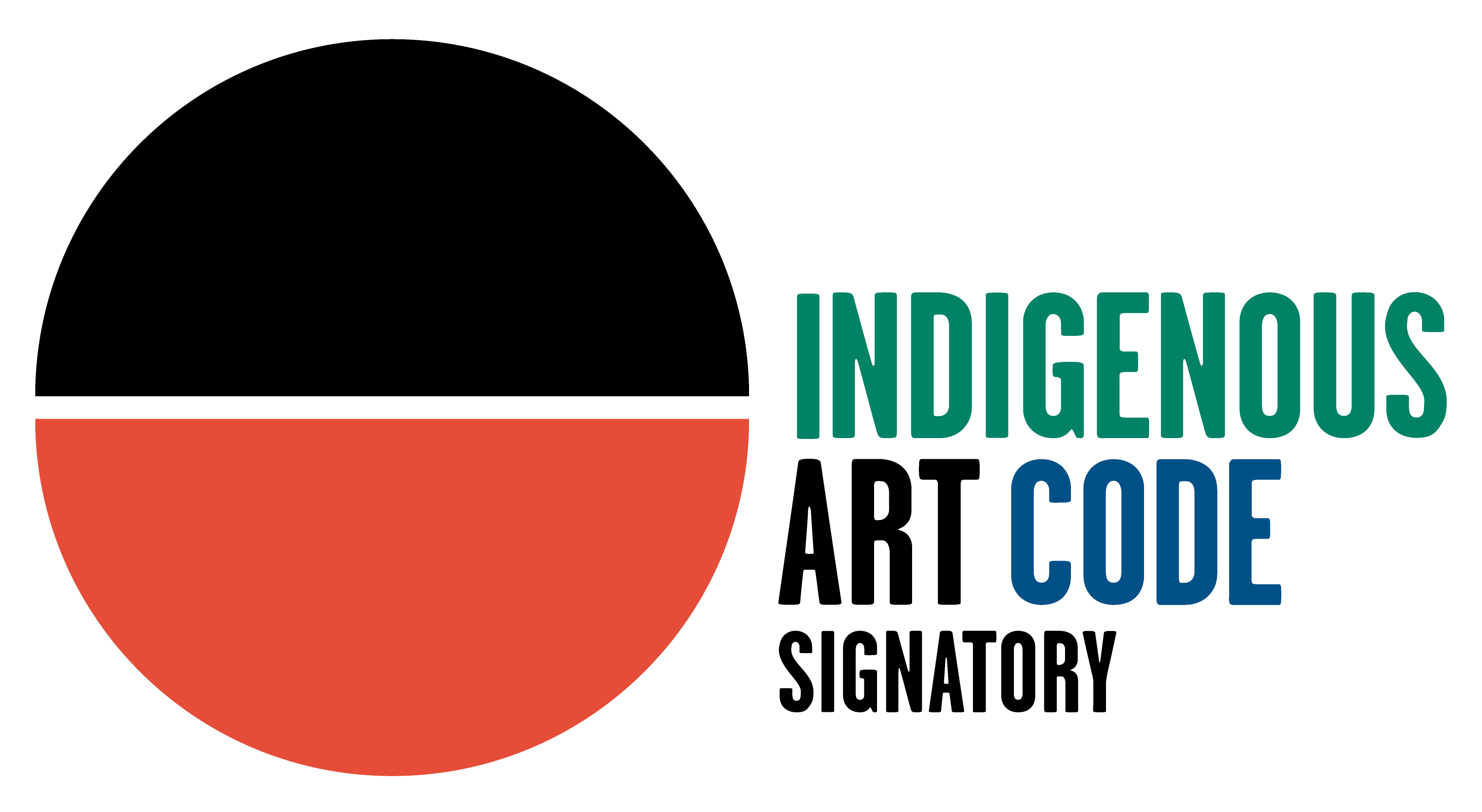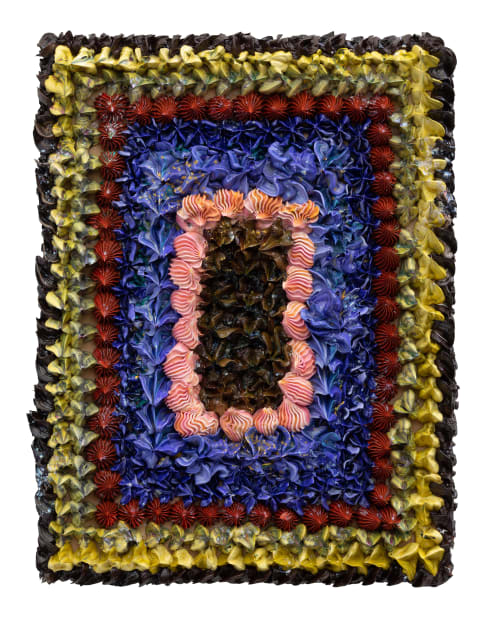JGM Gallery works with Indigenous Australian artists and deals with artworks from Aboriginal-owned Art Centres. The Gallery commits to ethical trade in Aboriginal Art and supporting economic development in remote communities. Director, Jennifer Guerrini Maraldi, has worked with Aboriginal Art Centres for more than 20 years. JGM Gallery is also a member of the Indigenous Art Code and the Aboriginal Art Association of Australia.
The Gallery maintains direct relationships with Aboriginal Art Centres so as to provide the correct provenance and documentation relating to the work of First Nations Australians. Art Centres play an important role for Aboriginal artists, supporting the security and the wellbeing of them and their extended families. This is vital to the stability required to undertake important custodial duties.
JGM Gallery is a member of The Aboriginal Art Association of Australia, which serves and represents artists, individuals and organisations that produce, promote, protect or support Aboriginal art and the cultures that create and nurture that art.
Authenticity
We ensure the work is authentic, properly documented, define the provenance of the work and determine where and how it was made, and how it has come onto the market.
Integrity
All our artwork comes from reputable sources, and we subscribe to the AAAA's Code of Ethics.
Value
We consider an artists reputation and profile, and how the artworks compare in quality with other works by the same artist.
JGM Gallery is a member of the Indigenous Art Code.
The purpose of the Code is to establish standards for dealings between dealers and artists to ensure:
(a) fair and ethical trade in artwork;
(b) transparency in the process of promotion and sale of artwork; and
(c) that disputes arising under the Code are dealt with efficiently and fairly.
 Karen David, Kill Switch (Season 5, Episode 11), 2025, oil and pigment on panel, 30cm x 24cm. Image courtesy of the artist's studio.
Karen David, Kill Switch (Season 5, Episode 11), 2025, oil and pigment on panel, 30cm x 24cm. Image courtesy of the artist's studio. Cover image: Olly Fathers, Wander Through (detail), 2025, mixed wooden veneers, 121cm x 243cm. Image courtesy of Paul Williamson. Designed by Julius Killerby.
Cover image: Olly Fathers, Wander Through (detail), 2025, mixed wooden veneers, 121cm x 243cm. Image courtesy of Paul Williamson. Designed by Julius Killerby. JGM Gallery is a member of The Aboriginal Art Association of Australia, which serves and represents artists, individuals and organisations that produce, promote, protect or support Aboriginal art and the cultures that create and nurture that art.AuthenticityWe ensure the work is authentic, properly documented, define the provenance of the work and determine where and how it was made, and how it has come onto the market.IntegrityAll our artwork comes from reputable sources, and we subscribe to the AAAA's Code of Ethics.ValueWe consider an artists reputation and profile, and how the artworks compare in quality with other works by the same artist.
JGM Gallery is a member of The Aboriginal Art Association of Australia, which serves and represents artists, individuals and organisations that produce, promote, protect or support Aboriginal art and the cultures that create and nurture that art.AuthenticityWe ensure the work is authentic, properly documented, define the provenance of the work and determine where and how it was made, and how it has come onto the market.IntegrityAll our artwork comes from reputable sources, and we subscribe to the AAAA's Code of Ethics.ValueWe consider an artists reputation and profile, and how the artworks compare in quality with other works by the same artist. JGM Gallery is a member of the Indigenous Art Code.The purpose of the Code is to establish standards for dealings between dealers and artists to ensure:(a) fair and ethical trade in artwork;(b) transparency in the process of promotion and sale of artwork; and(c) that disputes arising under the Code are dealt with efficiently and fairly.
JGM Gallery is a member of the Indigenous Art Code.The purpose of the Code is to establish standards for dealings between dealers and artists to ensure:(a) fair and ethical trade in artwork;(b) transparency in the process of promotion and sale of artwork; and(c) that disputes arising under the Code are dealt with efficiently and fairly.

